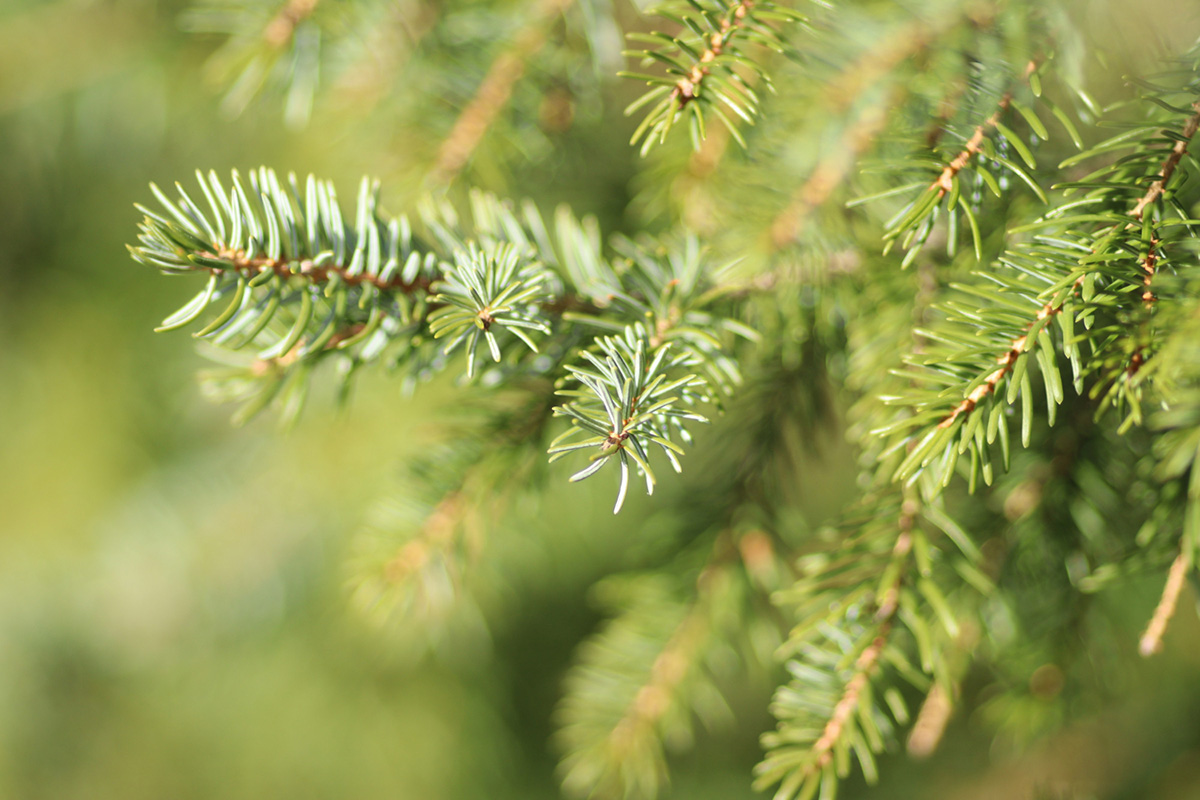Landscaping with Pine Needles: A Healthier, Cost-Effective Option

When it comes to choosing landscape materials for your flower beds, pine needles deserve serious consideration. Also known as pine straw, using pine needles offers numerous benefits - it's a healthier, more affordable, and less labor-intensive option. The rustic brown color of pine needles adds a long-lasting charm to your landscape all year round. Moreover, landscaping with pine needles provides an enjoyable experience for the whole family.
The advantages of using pine needles in flower beds are remarkable. They lock in moisture, maximizing the health and strength of plant and vegetable root systems. Compared to other options like mulch or pine bark, pine needles attract fewer pests. It's surprising how often pine needles are overlooked when selecting landscape materials for flower beds or vegetable gardens. Perhaps it's because they are not commonly carried by landscaping nurseries or supply stores, or maybe people prefer loose or bundled products. Whatever the reason, it's time to give pine needles the attention they deserve.
So why should you choose pine needles for your landscaping needs? Unlike mulch and pine bark, which often lose their vibrant colors within a few months, pine straw can last for several years before needing replacement. To keep it looking fresh, a thin layer can be applied annually to spruce it up. Another significant advantage of pine straw is its ability to block out weeds. While you'll always have to deal with weeds, using pine straw saves you time and effort. By installing deeper beds, you can block more light and further suppress weed growth. The same principle applies to mulch and pine bark, but unlike pine needles, they can blow away in strong winds or wash away during heavy rainfall. Pine straw remains compact and secure, making it an excellent choice for hills and slopes.
Considering the environmental impact, pine needles outshine mulch, rubber, or pine bark. Most landscape products, such as dyed mulch or pine bark, are not harvested naturally and deplete the earth's resources. On the other hand, pine needles are entirely natural as they fall off tree limbs. Mulch and pine bark are often obtained by shaving off the sides of trees cut down in forests for lumber or other purposes. Rubber mulch has the worst economic impact, so it's best to steer clear of it. By switching to pine straw, you can create a beautiful landscape while also helping Mother Nature.
Not only do pine needles offer positive economic impacts, but they also provide significant savings. To cover a 10' x 10' area with a depth of 2.5" - 3", you would need approximately 11 bags of mulch or pine bark, costing around $2.50 per bag. In contrast, using pine needles, you would only need two bales, priced between $5 and $7 per bale. For a 1,000 sq ft area, the cost of mulch and pine bark would be around $275 plus tax, while pine needles would range from $100 to $140. The savings add up!
In summary, choosing pine straw over mulch not only reduces the cost of your landscaping project but also provides longevity to your flower beds while having positive economic impacts. For all these reasons, landscaping with pine needles should be your go-to choice. There are numerous ways to incorporate pine needles into your landscape, and no matter how you decide to use them, rest assured that you're making a difference - and that's what truly matters. If you have any questions or would like to check if we serve your area, please don't hesitate to call us today!